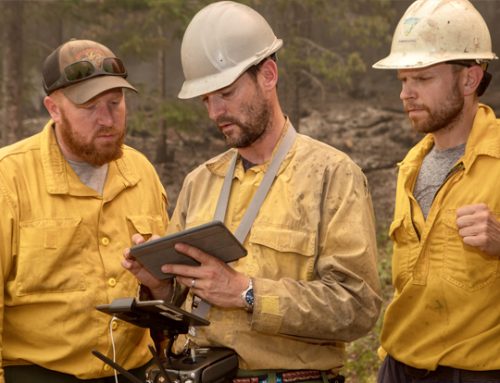When the British Supreme Court ruled that Uber couldn’t engage its drivers as ‘self-employed’ workers, the media and many commentators suggested this could be the end of Uber’s model. Yet although Uber lost the ruling, there’s a lot that staffing agencies could learn from its approach.
Uber’s idea of flooding the market with drivers by reducing the friction to sign up and connecting the consumer with the supplier directly are both innovative and valid. Reducing the costs of onboarding and managing talent via automation and connecting the manager to the talent via portals and mobile technology will achieve the same efficiencies and cost savings for other sectors.
Just like Uber ensured it could always offer a ride by having a huge pool of drivers, staffing agencies need to achieve scale by attracting the volume of candidates needed for today’s dynamic workforce market. They also need to make it easy for those employees to receive invitations for shifts and to accept or reject the placements that will fit into their lifestyle best. In fact, research by Timewise found that 87% of the UK’s full-time workers either currently work flexibly or would like to do so.
The technologies required for such a dynamic labour market would entail a strong engagement technology such as mobile applications and portals for workers and managers. These engagement tools would need to reduce the friction of talent to be onboarded, flooding each business with talent on one hand, but also making it easy for the labourers to join multiple employers at the same time.
Embracing technology will also bring recruitment costs down and make it viable to hire several-fold more people than currently considered – allowing each worker to pick and choose the work they would like to do – like Uber’s drivers. The current trend of ‘traditional’ business such as supermarkets and agencies going online to allow mass onboarding is a reflection of this trend. In the near future businesses who do not reduce friction by automating their onboarding will struggle to attract talent.
Further, it would be necessary to have a strong matching engine to match the jobs to the talent with high level of certainty. It is relatively easy to match a driver with a passenger. It is far harder to match a 5th grade maths teacher in north Manchester with the existing bank of tens of thousands of teachers. Yet the matching technology we use at Sirenum is now sufficiently developed to automate this process quickly and accurately, introducing massive efficiencies. In fact, it’s one of our most popular features with clients and not just for those in the teaching sector.
Finally, since each labourer will be registered with several employers, no one labour provider will be able to cover all the demands of any one business, nor would it be advisable. There is the need to allow employers to holistically manage a workforce composed of multiple labour providers as well as in-house. VMS technology has fuelled growth in the white-collar ‘gig’ – as seen by the growth of the MSP sector in the US. However, there is also a need for a gig-oriented VMS, dedicated to those who are ‘constantly being scheduled last minute’.
As part of our commitment to lead the expansion of the gig economy to the blue-collar, fast-paced labour sector, Sirenum has developed the essential components to allow any business to achieve similar efficiencies as Uber delivered to the taxi sector.
Sirenum’s vision is to enable traditional businesses to adopt the gig economy model in a sustainable manner, winning freedom to their workers, providing better service for their customers and delivering healthier profits for the shareholders. Find out more by requesting a demo here.






Leave A Comment